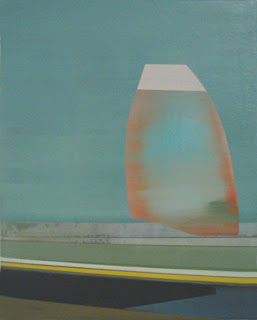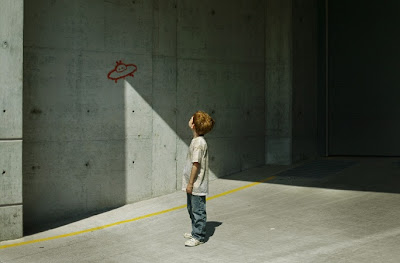
I've been so busy in the studio I haven't even plugged this group show I'm in out in the Hamptons.
The "Big Show 3" is at Silas Marder Gallery featuring 50 artists or so all working at a scale of 8 x 10 inches. I think I speak for everyone that this size is quite difficult! So if you are heading there be sure stop by the gallery. It's one of those big summer kick off type of things with lots to look at. Here are a few links of participating artists (i could find) and in some cases bloggers.
Karen Dow
Alexander Cheves
Eric Graham
Michael Lee
Carla Knopp
Mark Burckhardt
Mary Heilmann
Tad Wiley
...many more
The Big Show 3
50 artists were asked to make three 8” x 10” paintings especially for this show,
forming a collection of artwork that spans age, region, gender,
experience, education, style, and content.
MAY 17 - JUNE 22 Silas Marder Gallery
120 Snake Hollow Road, Bridgehampton
631.702.2306 info@silasmarder.com
www.silasmarder.com Wed. - Fri. - 12-5pm Sat. - 10am- 6 pm Sun. - 10am -4 pm
Top: my low quality image from the show










